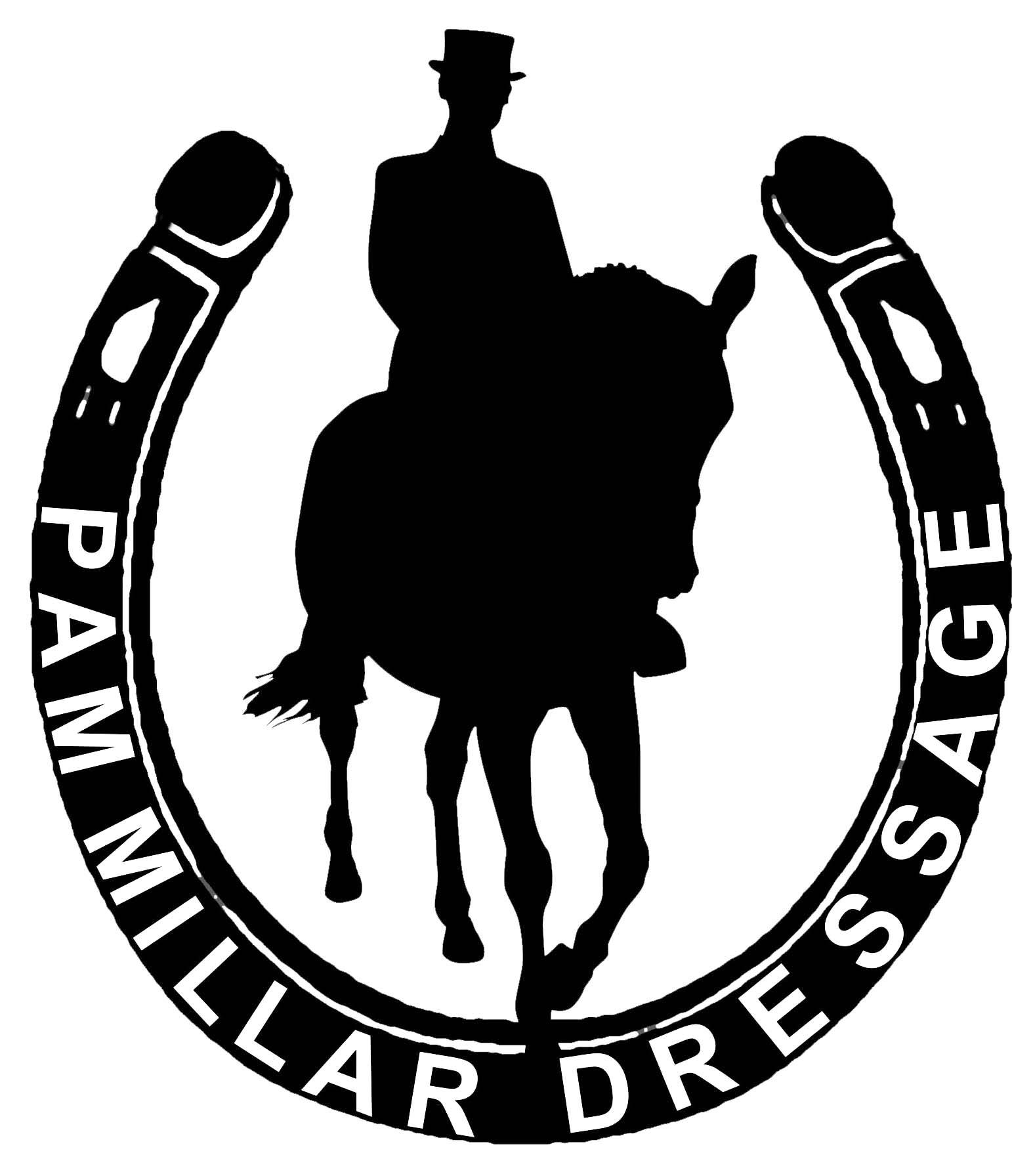
Dressage Trainer
Classical, sympathetic, personalised training
for you and your horse
Mobile: 07740 116 336
Home: 01651 872613
 |
Pam Millar
Dressage Trainer
|
Classical, sympathetic, personalised training for you and your horse
|
Contact:
Mobile: 07740 116 336 Home: 01651 872613 |
A British Dressage Accredited Trainer
Responsiveness (click on "training tips" above for more)
Do you ever get off your horse after a schooling session and feel like you have worked harder than him? Do you feel like you are pushing him forward every step of the way and struggle to get good transitions? This is not good for either you or your horse and needs to be sorted. Think about how you feel if someone nags at you constantly or whines in your ear: "I want a cup of tea - can I have a cup of tea? - I'd love a cup of tea - will you make me a cup of tea?…..". After while you just switch off and ignore them, don't you? Whereas if someone has been quiet, catches your attention and positively makes a request, then that is different. Horse and riders are just the same. If you constantly nag your horse with your legs, he will just switch off to them and then when you really want something to happen, he is no longer listening. If you keep your legs quiet when you don't need them, then ask firmly and clearly when you want a reaction - you should get it. If not, it is much kinder to escalate the request and reward a response than to keep nagging. Here is an example; you ask for a transition from walk to trot and get no reaction. Ensure your legs are still and quiet in the walk, and make a clear aid for trot. If you get no reaction, the next time you ask for trot, back it up with a tap with the stick behind your leg (to emphasise the aid) until you get a response - then reward him and repeat the exercise. This time the reaction should be quicker. After a few repetitions, you should not need to back up the aid with your stick. One key part to this exercise is that your hands MUST be soft and allowing as you aid for the upward transition - don't use the accelerator and brake at the same time. As well as it being much nicer for horse and rider for aids to be relatively small, it is also a key building block when you move on to more complex moves and aiding.